A Beginner’s Guide To Los Pueblos Mágicos de México
When you hear the word: Pueblos Mágicos, what comes to mind?
Maybe if you speak Spanish, you know exactly what it means, and a certain feeling and image comes over you.
If you don’t speak Spanish however, you may still be able to understand the word mágico, as it means magic.
Well, imagine a literal fairy tale land, with a mix of charm, breathtaking architecture, incredible and authentic regional food, a palpable feel of welcoming and liveliness, music wafting through the cobbled streets, and impressive history that comes alive with each step and decorative corner you take.
Now, imagine 121 places like this within México, each offering their own dose of charm and beauty, captivating each of your senses from taste to sound.
These 121 places are magical towns or Pueblos Mágicos, scattered throughout México, and they offer the most genuine side of México that you could possibly imagine.
Plan Your Trip With My Favorite Resources
– Best accommodation site: Booking.com
– Book day tours here: Viator.com
– Purchase your travel eSIM: MayaMobile.com
– Browse my recommended travel essentials here: Travel Essentials For Your Next Trip!
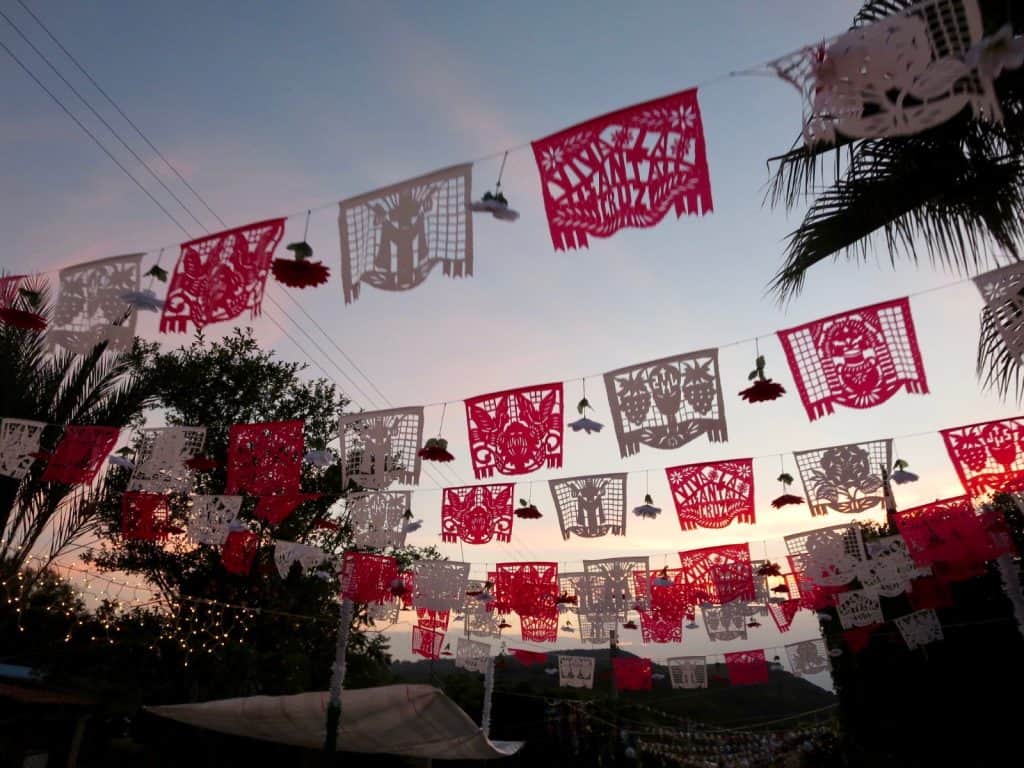
What are Pueblos Mágicos?
Mexican Pueblos Mágicos (Mexican magical towns) is a campaign initiated by the Mexican board of tourism, along with regional and state agencies, that was created in efforts to promote tourism throughout various towns throughout México.
These Pueblos Mágicos or magical towns are small, and often overlooked towns scattered around the country, that hold qualities including magnificent architecture, impressive history, unique art and culture, fascinating legends, and of course, a rich and spectacular cuisine unique to the region, and overall charm and stunning beauty and nature.
Combined all together, these towns hold “magical” qualities that truly represent authentic Mexican culture, history, gastronomy, and character.
In an effort to promote not only the small towns, boost their economies, the Pueblos Mágicos initiative also offers the best authentic experiences for tourists and locals all around.
>> Read More: A Culinary Tour of México
For a town to graduate into the status of Pueblo Mágico, it must, of course, pass certain requirements that include creating a body of individuals to manage the town’s application process, the creation and presentation of the resources and attractions inventory, and potential points of historical reference that occurred in the city, an already existing tourist program that has been running for a minimum of 3 years, have accessibility within the town to appropriate public health and safety resources for visitors in the case of any emergency, an evaluation of the touristic impact on the city, and a few other key requirements.
After fulfilling the requirements, the pueblo turns into an official Pueblo Mágico.
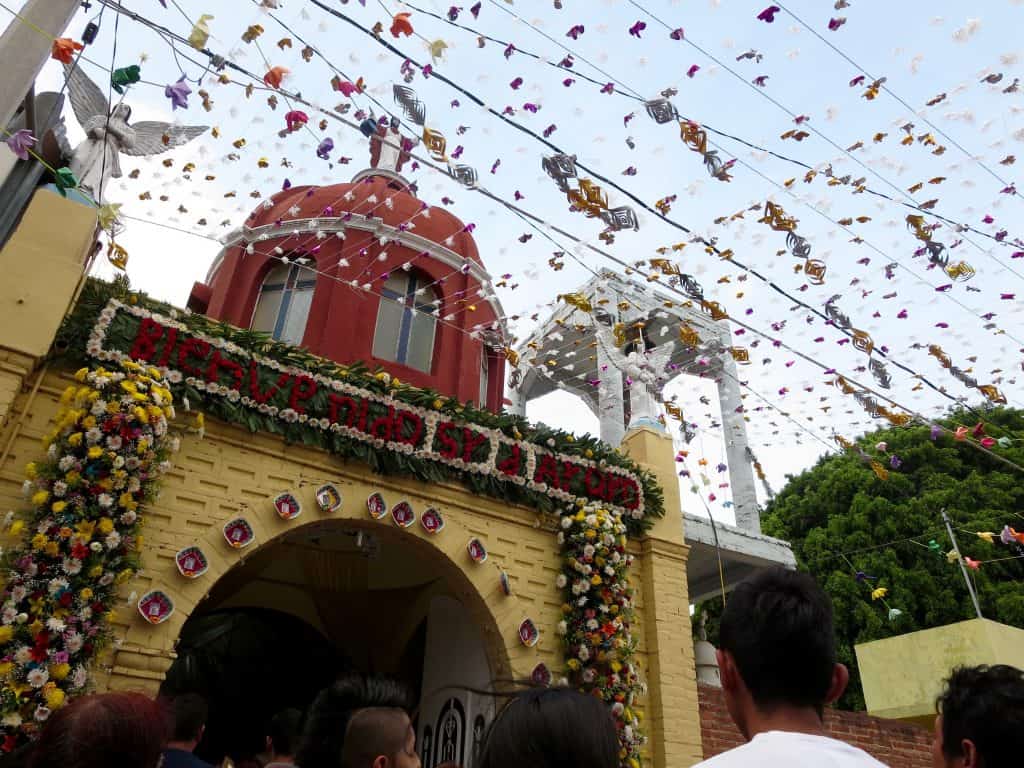
Where are they?
The list of Pueblos Mágicos all over México has grown since their inauguration in 2001.
With their first Pueblo Mágico, Huasca de Ocampo, in the state of Hidalgo, the list has been extended from 32 in its first year to, as of October 2019, 121 total Pueblos Mágicos ranging from northern dessert-like México to southern jungle-like México, and everything in between.
As of now, the state with the most Pueblos Mágicos is a toss-up between the states of el Estado de México and Puebla, with 9 each.
When did the Pueblos Mágicos program start? How can you begin to plan a trip to them?
Once again, the Pueblos Mágicos program started in 2001, and since then, has grown and expanded throughout México to 121 magical towns.
This in itself may sound a bit daunting to a traveler who wants to discover these towns in the near future but doesn’t know where to even start, which is definitely how I felt.
So, with this in mind and for your convenience (and mine too honestly), I created a map as a visual representation of just where all these Pueblos Mágicos reside, if there is one near you the next time you visit a certain part of Mexico for a day trip, or best yet if you plan to visit México for your own tour of the Pueblos Mágicos, however many you decide to see in one trip!
I am a visual learner myself, and considering the number of pueblos, I created this map I call The Pueblos Mágicos de México Visual Map to help plan your future travels to these amazing magical corners of México, the next time you visit. It’s an actual map of México, numbered with all the states with Pueblos Mágicos, as well as how many magical towns each state has, and their names.
It’s pretty comprehensive, and super helpful if you’re just learning about these magical towns, and would love to visit one day yourself! Leave me your name and email address below, and I’ll send you your map right away!
A couple of interesting points to help you plan your trip to Los Pueblos Mágicos
As of 2020, the top 6 most visited Pueblos Mágicos are..
Zacatlán de las manzanas, Puebla
Mitla, Oaxaca
Tlatlauquitepec, Puebla
Bacalar, Quintana Roo
Pátzcuaro, Michoacán
Tequila in Jalisco
For a variety of reasons, ranging from the soothing effects of the natural beauty in Zacatlán to impressive Mesoamerican archaeological sites in Mitla to the birthplace of Tequila, and it’s abundant and majestic fields of blue agave, used in the production of this world-famous drink.
There are more than a couple of reasons why these magical towns have made the list of most visited Pueblos Mágicos – it’s your turn to check them out yourself and see!
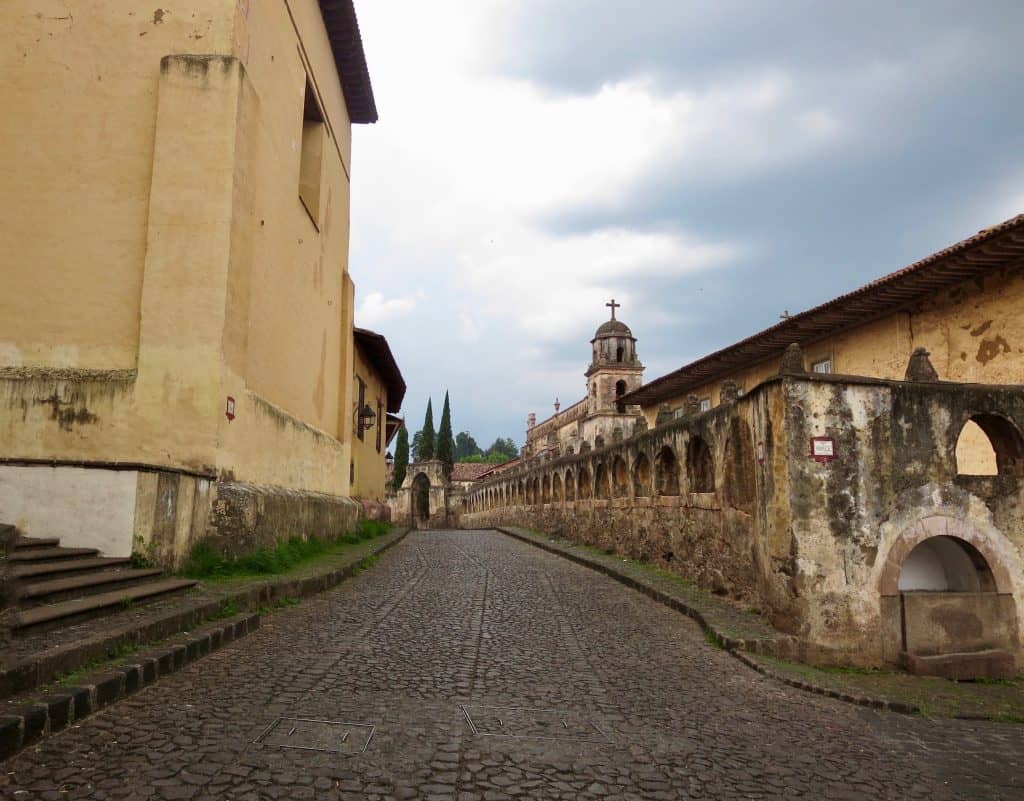
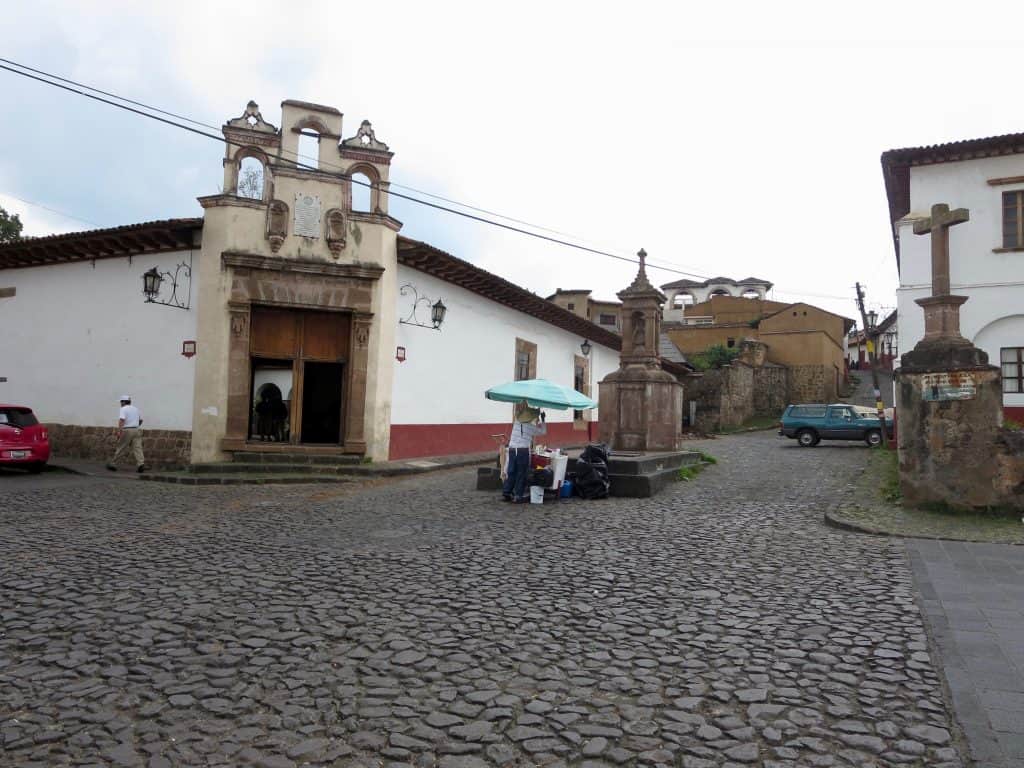
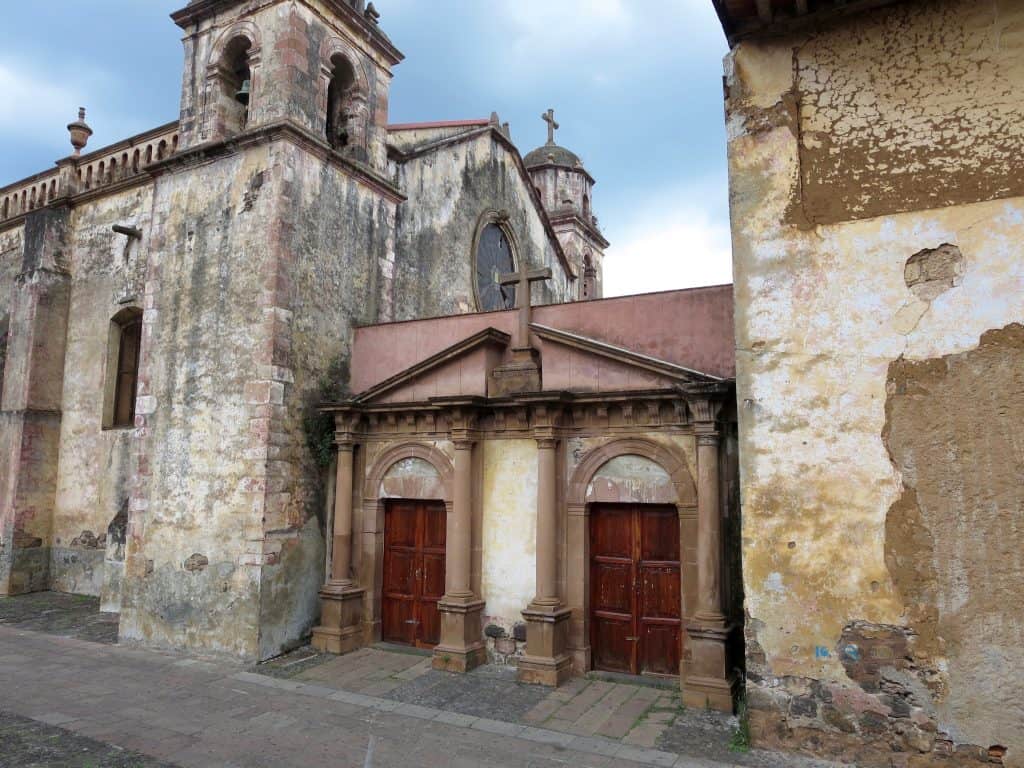
The top 6 most beautiful Pueblos Mágicos are…
Malinalco, Estado de México
San Miguel de Allende, Guanajuato,
Taxco, Guerrero,
Pátzcuaro, Michoacán,
Real de Catorce, San Luis Potosí
San Cristóbal de las Casa, Chiapas.
According to various news and blogs and travelers, the top 5 most beautiful Pueblos Mágicos considered offering some of the most stunning beauty, natural sceneries taken straight out of a postcard, and more.
From from the harmonious dance between modern and classical beauty in Malinalco, to the iconic and photogenic Parroquia de San Miguel Arcángel in San Miguel de Allende adorning a perfect image of what colonial México offers with music, families strolling around the square, shops, and restaurants adorning the sides of the square, and then some, to a town like San Cristóbal de las Casa, with its rich Mayan roots, colorful hand made crafts and the sound of the native language amongst Spanish speakers.
There are a variety of unique differences that are both charming, and beautiful.
Also, keep in mind, this is only a sliver of the beauty and popularity of the rest of the other ~111 Pueblos Mágicos.
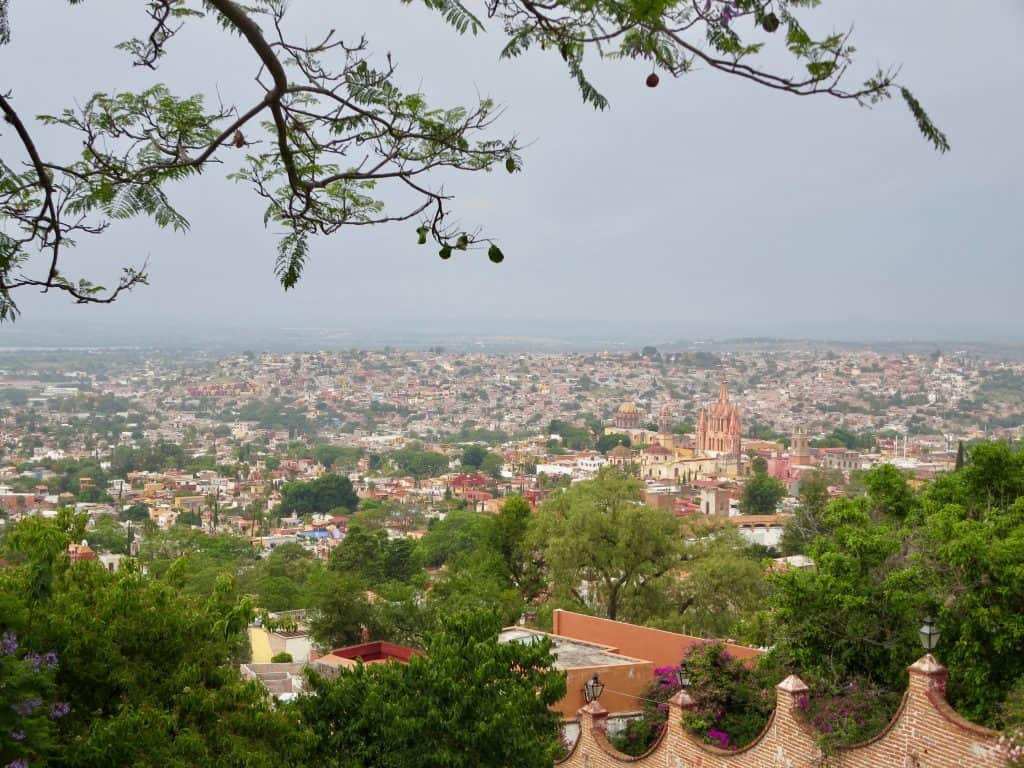
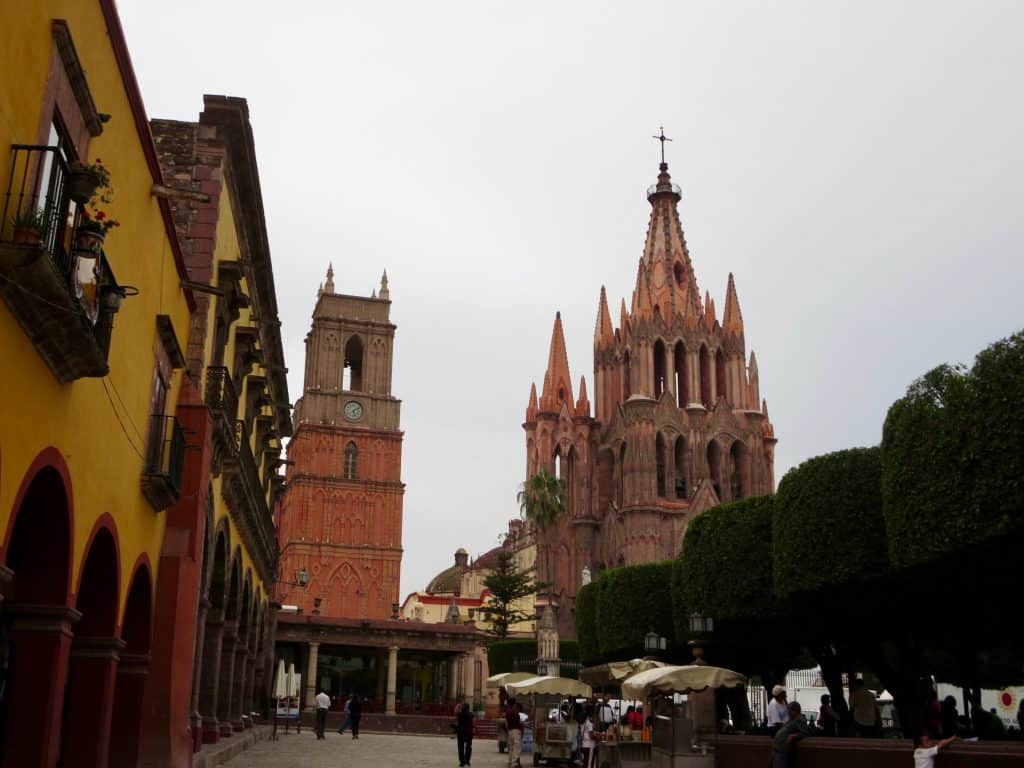
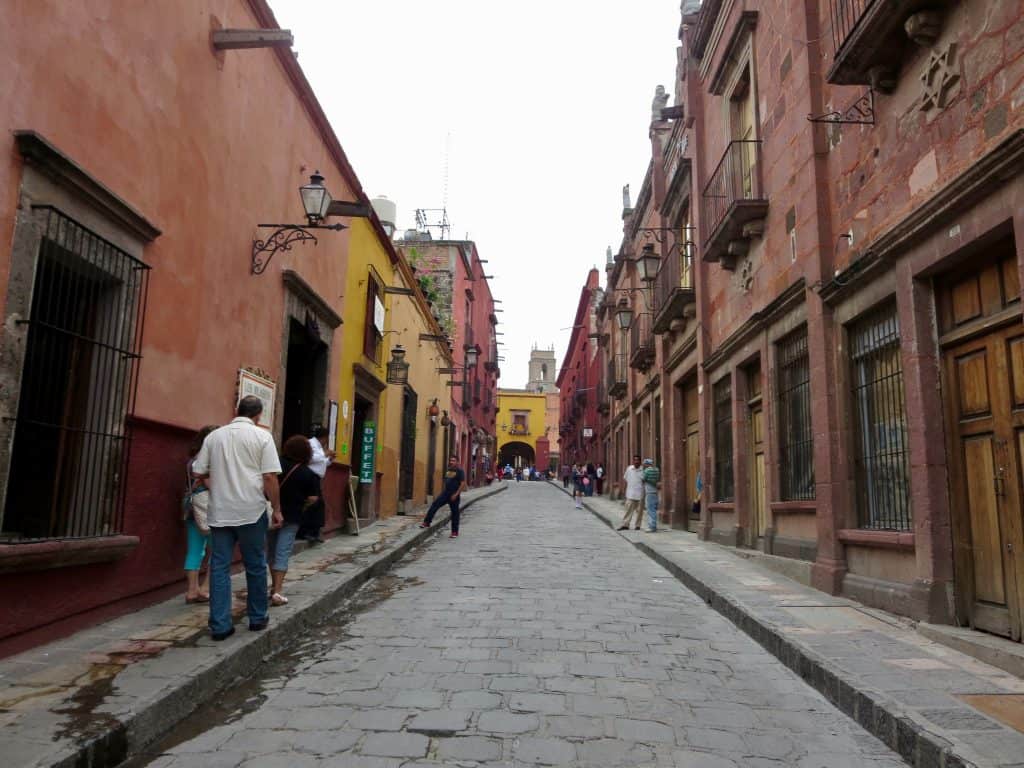
Why you need to know about Los Pueblos Mágicos
The Pueblos Mágicos initiative has been proven to be as beneficial to the tourist who gets to discover parts of Mexico that go beyond the beaches of Cancun and Cabo, as it is for the local artisans, restaurant owners, and shopkeepers, and overall local economies of otherwise hidden towns, in the vastness that is the size and tourist appeal of México.
Often overshadowed by big-name resorts, world-famous beaches, bustling cities, and stand-alone archaeological sites, these small Pueblos Mágicos are now being highlighted to the world as places within México that not only shares authentic Méxican culture like no other but also an opportunity for a broader understanding of Méxicans and foreigners alike, breaking down stereotypes one Pueblo Mágico at a time.
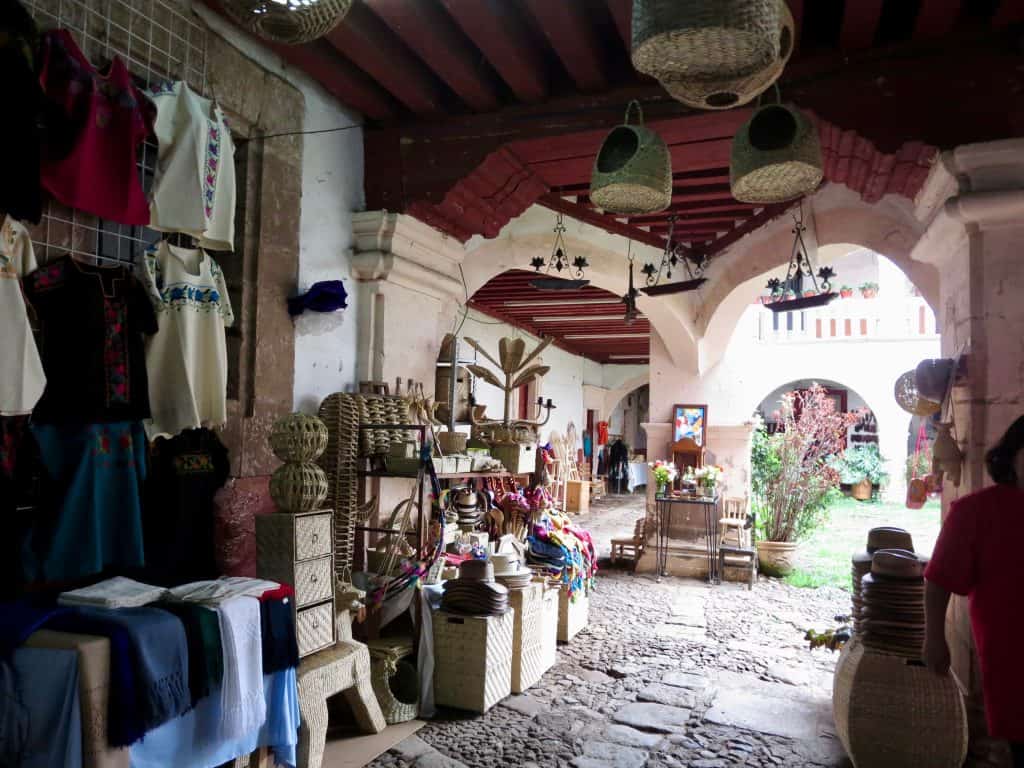
The Mexican government in previous years, has reevaluated the potential of this initiative for local economies through the boost of tourism, in order to maintain a budget for the Pueblos Mágicos to continue providing excellent care, accommodations, and maintenance of the towns themselves, and flow of tourism.
However, it’s been a bit shaky as some towns have reported that their poverty levels have actually increased, in comparison to some that are thriving off this exposure.
Because of this, it is important as the tourist/visitor, to understand that a visit to a place like Bacalar in Quintana Roo is a contribution to a population that is often overlooked by government officials.
The exposure that comes with a title such as Pueblo Mágico, offers the potential for more opportunities, recognition, and appreciation that may have been absent in the past.
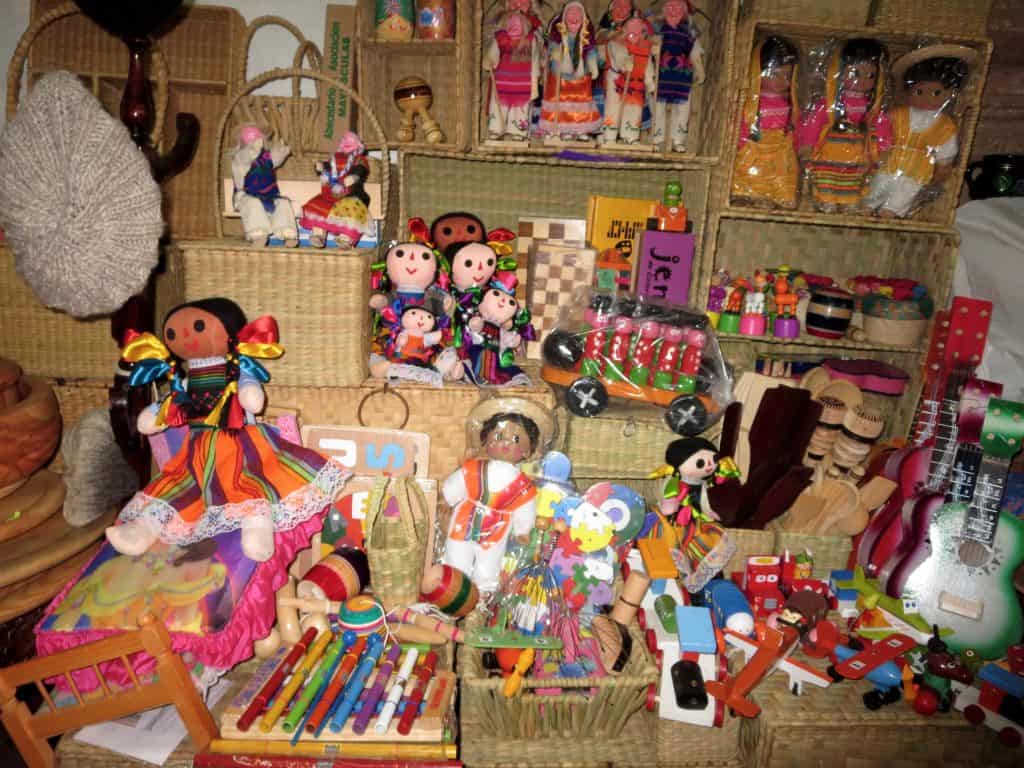
As a visitor and guest in a foreign country, it’s always important to keep in mind the effects of our travels – where we go, how we can help boost local economies with our visit literally by staying in majestic towns such as the ones included in today’s post or looking to see a similar program of sorts in other countries, highlighting small towns with big magic.
México is a big country with a lot to offer that goes beyond the tourist hot spots and any kind of negative media coverage. Experiencing what I like to call, the pueblo life – the environment, atmosphere, sights, and sounds, of a Mexico that is truly genuine, is something that visitors all-around seek when they travel, whether it’s to México or any other part of the world, isn’t it? An experience that should be lived at least once, I believe, for your own enrichment, but also for a wider approach to what México is really like despite what the media claims to say at times.
I hope this guide has both helped and hyped you up to learn more about Los Pueblos Mágicos, and you have begun to envision yourself there.
Don’t forget to snag a copy of The Pueblos Mágicos de México Visual Map and get a head start on planning out your trip in the not so distant future!
To more authentic travel moments, and sights of abuelitas, music in the streets, and palpable energy in the air ✨

Pin for later
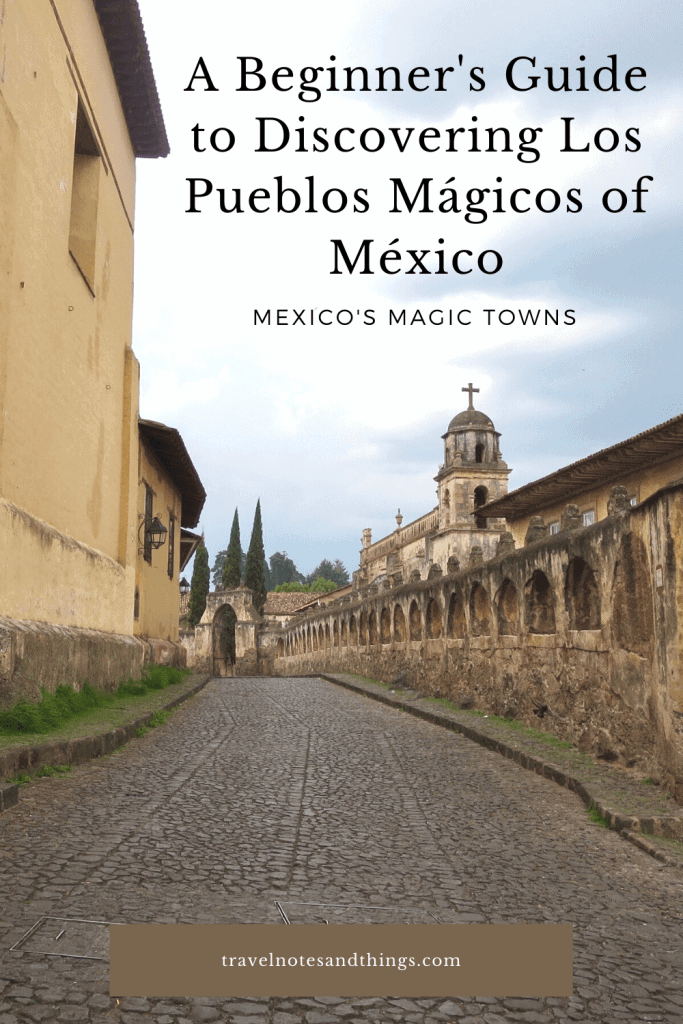



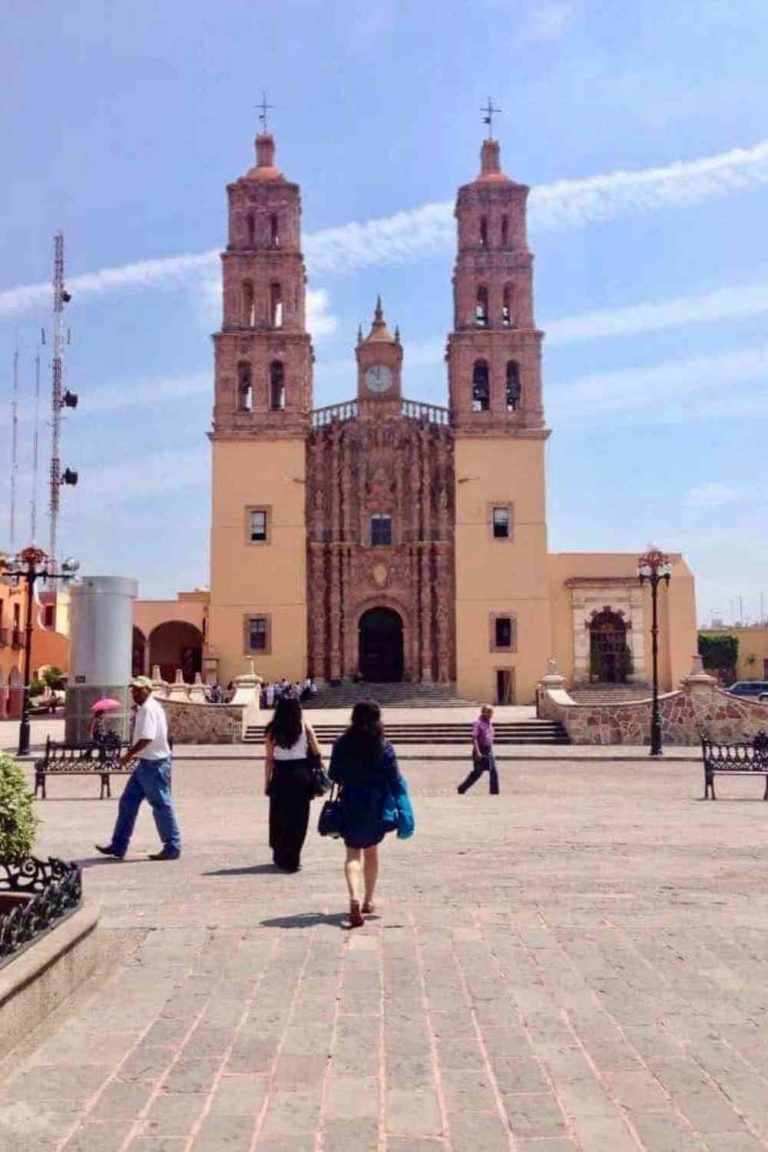
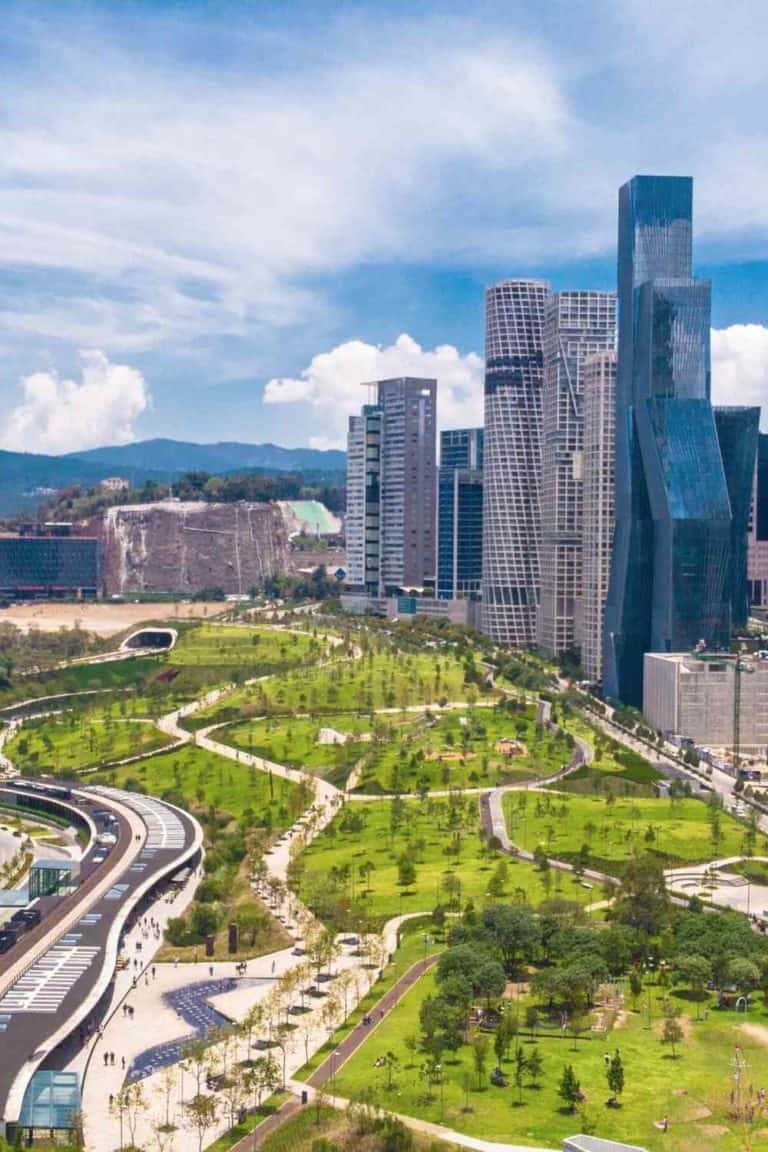
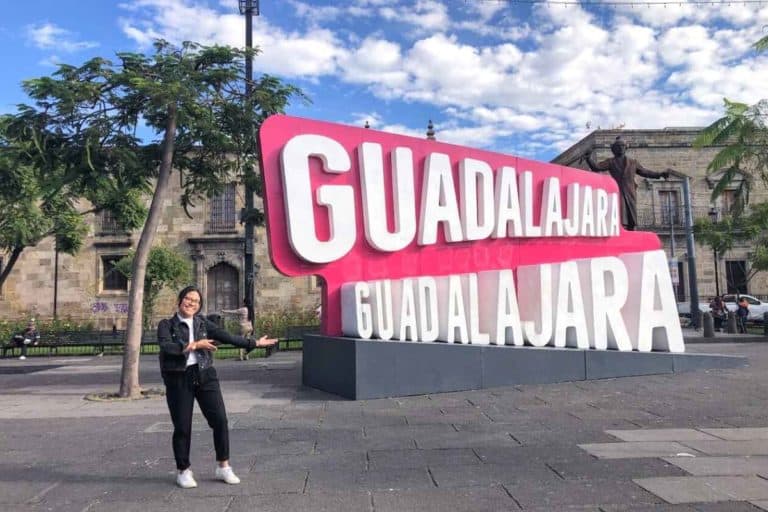
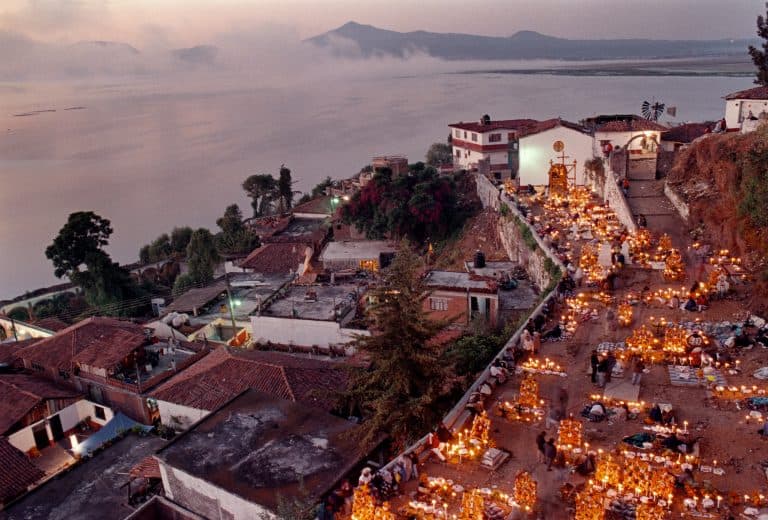
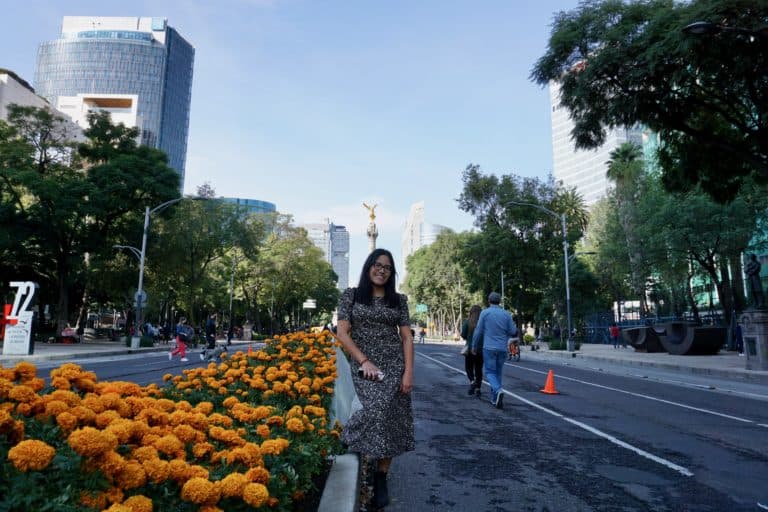
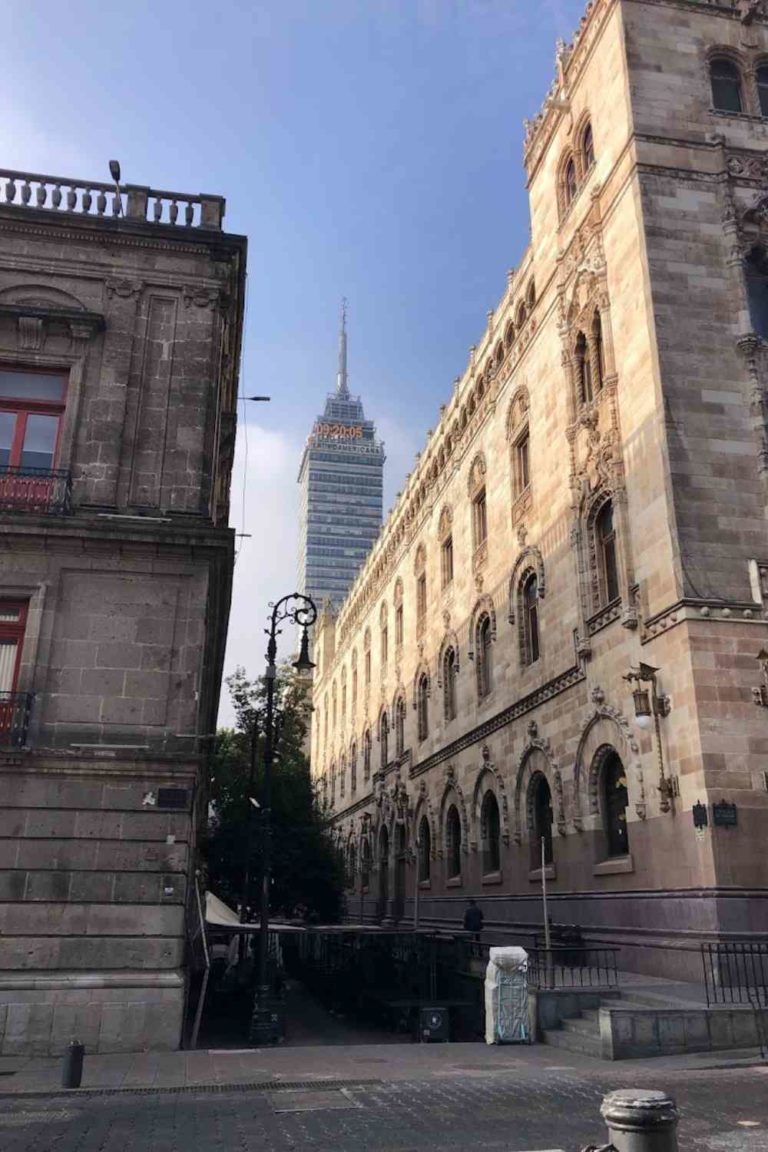
Great article. I from Mexico and even I found it intersting.
Fallowing you from #GLT pls fallow back my blog https://travelbetweenbook.com/en/
Hola Rosa! Thank you! I’m Mexican through my parents, and born in the States, and I absolutely love the homeland and all it has to offer ?? ❤️ I’m so happy you liked it as well! I will definitely check your blog ?